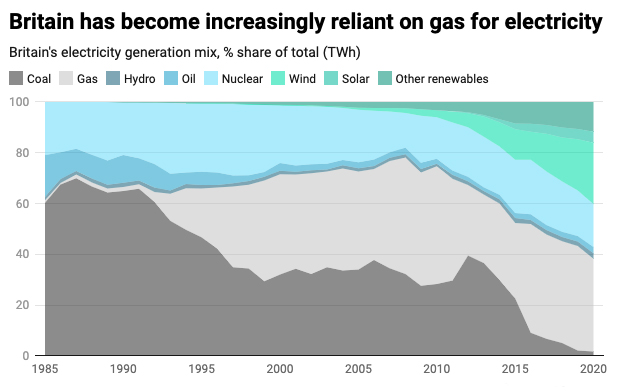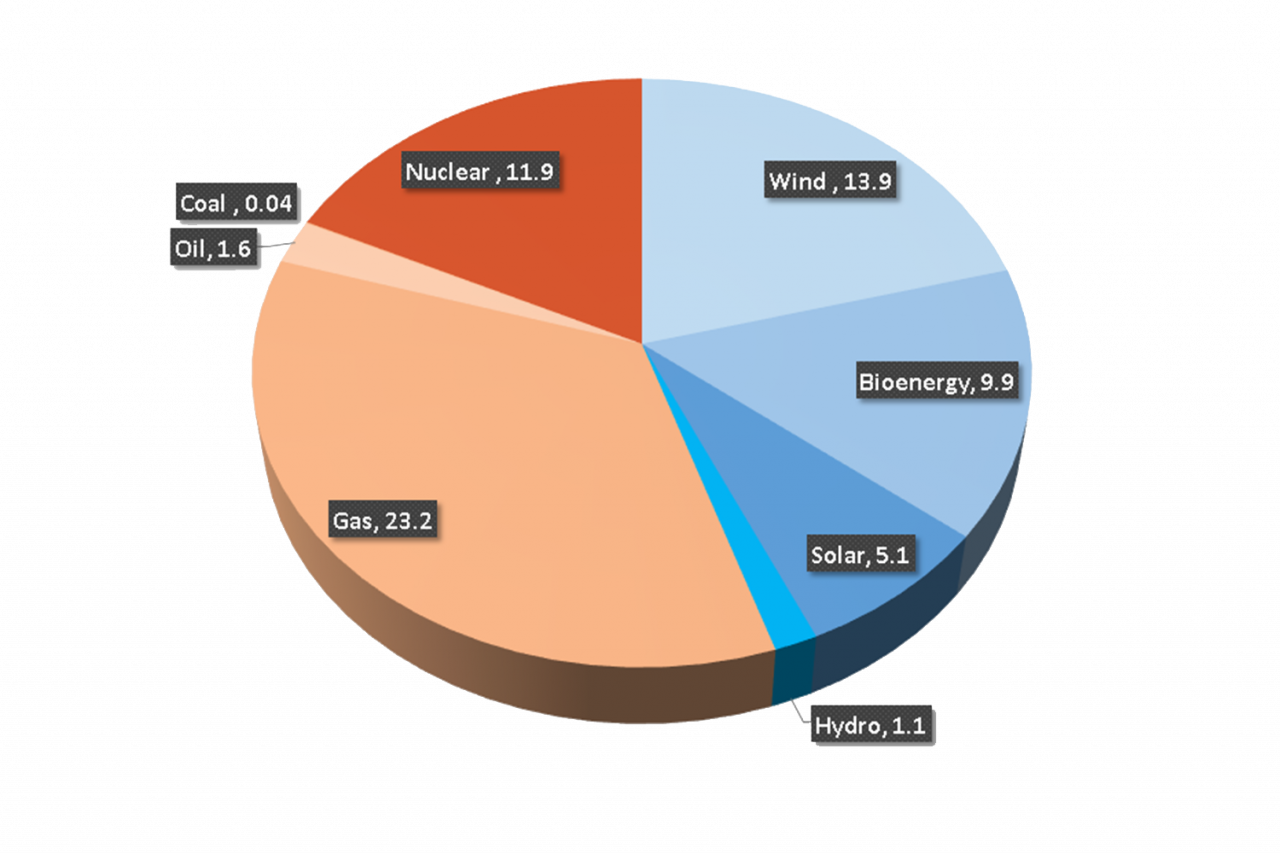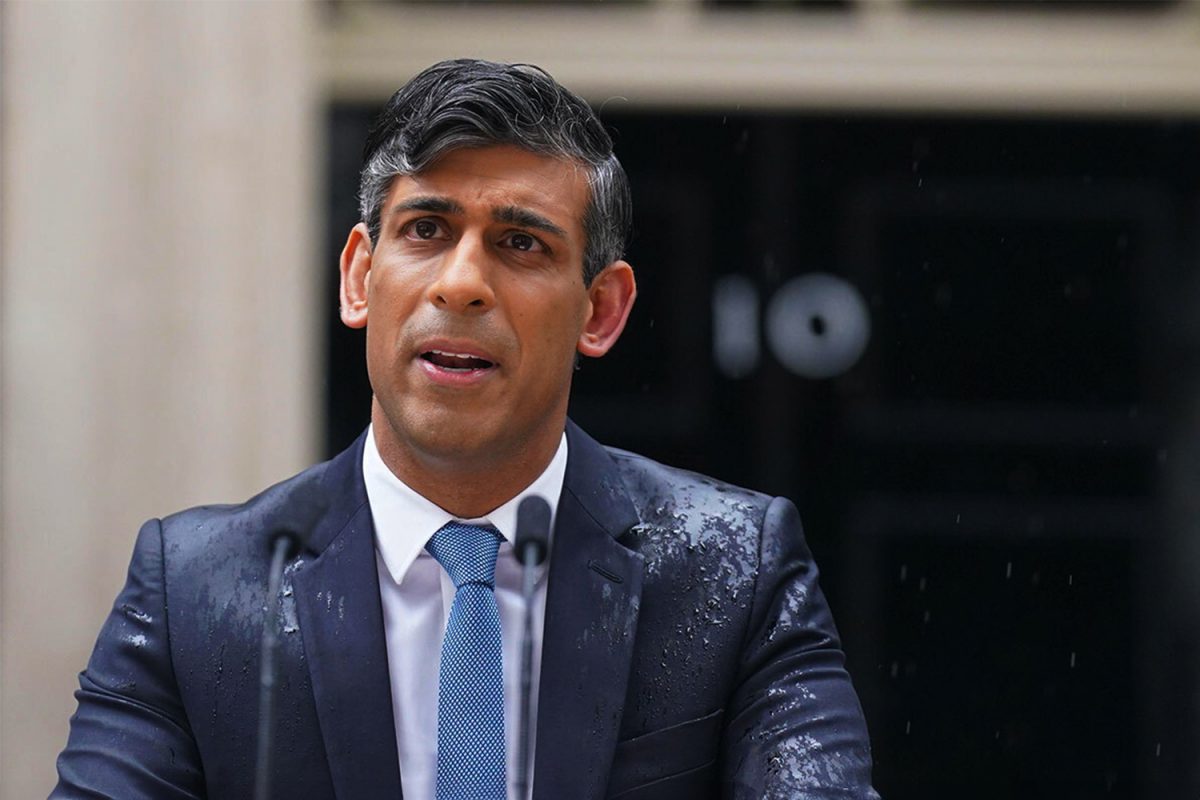Two of Britain’s energy companies with 1.5 million customers recently collapsed as they struggled to operate due to soaring gas prices. Avro Energy and Green ceased trading on Wednesday 22nd September 2021 as the energy crisis deepened in the UK. The UK’s largest energy suppliers have asked the UK government for a multibillion-pound emergency bailout package to help them survive as wholesale gas prices continue to soar. Talks continue to take place between energy companies and the British government exploring different options, but ministers have stressed they were keen not to reward failure. “There’s absolutely no question of the lights going out,” the business secretary, Kwasi Kwarteng, told the House of Commons. “There’ll be no three-day working weeks or a throwback to the 1970s.”[1] Queues continue to form at UK petrol stations as many are panic buying with the prospect of the UK running out of fuel. The country that powered the industrial revolution with its immense coal resources is today more reliant on foreign energy imports and the fragmented energy industry has hindered rather than improved the energy situation in the UK.
Today the UK is reliant upon natural gas to power the nation. 37% of electricity comes from gas fired plants and 86% of British homes use gas for heating. It was under the Margaret Thatcher government that the energy sector was privatised in the 1980s. The new market searching for profits made a ‘dash for gas’ due to the discovery of abundant and cheap natural gas in the North Sea. This transitioned Britain’s electricity production away from coal towards gas fired plants. By the turn of the 21st century domestic North Sea gas was exhausted, but demand continued to rise, and Britain became increasingly dependent on importing natural gas. Today, Britain imports just under 50% of its natural gas, most of this comes via pipeline from Norway, the Netherlands and Belgium. The rest is all imported by ship in the form of liquefied natural gas (LNG) from Qatar, the US and Russia.

Despite the reliance on natural gas, storage capacity is extremely small in the UK. Less than 1% of Europe’s stored natural gas is held in the UK. This is due to the Rough facility off the Yorkshire coast, which previously accounted for 75% of all the nation’s gas storage, was closed in 2017 by its owner Centrica.[2] This lack of storage makes British energy hostage to gas prices and with gas prices skyrocketing Britain has been the hardest hit relative to Europe due to its reliance on natural gas to generate electricity.
This lack of storage has makes British energy hostage to gas prices and with gas prices skyrocketing Britain has been the hardest hit relative to Europe due to its reliance on natural gas to generate electricity
To deal with the shortfall, the UK fired up its coal fired power stations.[3] But coal capacity is now a fraction of what it once was, it can supply only around 2% of Britain’s energy needs today. The last deep coal mines in the UK closed in 2015, and imports now account for most of the UK’s remaining coal consumption. On the 30th April 2016, for the first time since the Industrial revolution, the UK used no coal at all in electricity production. The UK has been phasing out coal as a source for electricity generation.
Shrinking Nuclear option
Nuclear energy has long been touted as a solution to the UK’s energy problems but going forward Nuclear energy will play a shrinking role in the UK’s energy mix. The UK currently has 13 operational nuclear reactors, but two of these are closing in 2022 and a further 4 are scheduled to retire by the end of 2024. Of the remaining 7 only the Pressurised Water Reactor at Sizewell B, with 1.2 GW of capacity, is scheduled to be operational after 2030. Despite the British government considering new nuclear power plants the Scottish Government, with the backing of the Scottish Parliament, has stated that no new nuclear power stations will be constructed in Scotland. The major challenge the UK faces with nuclear energy is what has transpired with Hinkley Point C in Somerset, which is the first nuclear plant built in the UK for 20 years. At a cost of £24 billion very few private companies are prepared to make the huge upfront infrastructure cost.
The major challenge the UK faces with nuclear energy is what has transpired with Hinkley Point C in Somerset, which is the first nuclear plant built in the UK for 20 years. At a cost of £24 billion very few private companies are prepared to make the huge upfront infrastructure cost
Renewables Not a Silver Bullet
In 2020 electricity generation from renewables for the first-time outstripped fossil fuels. 43% of electricity generation from renewables outstripped electricity from fossils at 37%. The UK has been promoting its adoption of renewable energy and has even touted this as a solution to reducing its carbon footprint. But on 3rd November 2020 the National Grid, which operates the electrical system in the UK issued an “electricity margin notice,” which meant the electricity operator was concerned about the supply of electricity at peak hours due to an over-reliance on unreliable energy sources. The reason for this warning was the cold air that was moving over the UK prompted electricity use while the lack of wind cut the available power generation from onshore and offshore wind farms. The biggest problem with mainstream renewable energy is intermittency. Wind power is only generated when it’s windy, solar power is only generated when it’s sunny. The cost of renewables is also exorbitantly expensive as huge solar farms and hundreds of wind turbines are needed to generate electricity. Despite government subsidies renewable energy will supplement rather than replace fossil energy in the UK.

A Fragmented Industry
Britain’s energy sector consists of energy generation and a transmission and distribution network to both residential and commercial properties. After energy leaves the distribution networks, it is sold to households and businesses by energy retailers. Until the 1980’s all of this was owned and managed by public sector enterprises. During Thatcher’s deregulation and privatisation drive public sector enterprises such as British gas, PowerGen and National power were all privatised to create a competitive domestic energy market that would consist of many suppliers and offer choice to the public. The government and regulators that sprung up were looking to inject competition and market incentives into the sector.
The biggest problem with mainstream renewable energy is intermittency. Wind power is only generated when it’s windy, solar power is only generated when it’s sunny
After four decades of privatisation much of the energy sector’s infrastructure is owned and run by companies that are in effect monopolies. Six suppliers — British Gas, edf, E.ON, RWE, npower, Scottish power and SSE/OVO energy control nearly 70% of the UK energy market. In 2014 they controlled 95% of the market! Whilst they made huge profits their customers saw little reduction in their energy bills. Today 3.2 million households in the UK suffer from fuel poverty.[4]
The reason why a few monopolies continue to dominate Britain’s energy market is generating power is a very costly endeavour that requires large upfront infrastructure capital which most private companies would not risk undertaking. Whilst previously the UK had public sector enterprises, today these are really owned by private individuals. This has created significant barriers to entry and explains why new entrants have only entered retail energy.
Energy retailers purchase energy from the wholesale market and compete to sell to customers, offering different tariffs and payment options. Their business model relies on their ability to sell energy prices higher than the purchase price from wholesale markets. The big six who dominate the UK’s energy market purchase their customers’ energy in advance in the futures market, locking in prices and hedging their exposure. The smaller suppliers are unable to do this due to large trading fees.
The reason why a few monopolies continue to dominate Britain’s energy market is generating power is a very costly endeavour that requires large upfront infrastructure capital which most private companies would not risk undertaking
In 2019 the government introduced the energy price cap, which empowered Ofgem — the industry regulator to set a maximum price suppliers can charge customers on a standard tariff. The cap was meant to protect consumers from sudden price surges. But following the introduction of the cap, a number of new entrants exited the market, citing the cap’s potential to squeeze profit margins.
The UK is facing a perfect storm of energy problems that have converged, but they have all been in the making for some time. The energy industry is fragmented and, in many ways, has made things worse rather than improve Britain’s energy sector. The reliance on imported fossil fuels that is used primarily for heating homes and electricity generation exposes the UK to global market prices, but the dominant companies who generate power for the UK operate on a near monopolistic basis and are able to extract value for their shareholders. The much-heralded free market and ‘competition’ has only led to exploitative practices by a few large companies in the market. For the moment the answers to Britain’s broken energy market are either the promotion of genuine competition by levelling the playing field between new entrants and large companies that dominate UK energy or the creation of a publicly owned energy retailer who serves the nation rather than private profit. Whichever path the UK takes, it can no longer put this off.
[2] Closure of UK’s largest gas storage site ‘could mean volatile prices’ | Centrica | The Guardian
[3] UK fires up coal power plant as gas prices soar – BBC News
[4] Fuel poverty, House of commons library, 8 July 2021, CBP-8730.pdf (parliament.uk)




